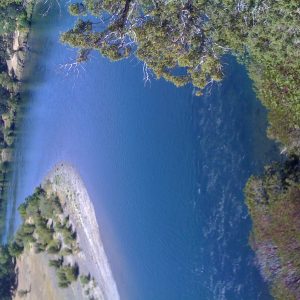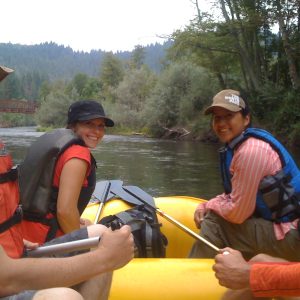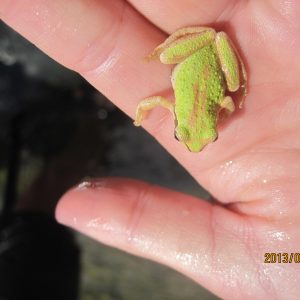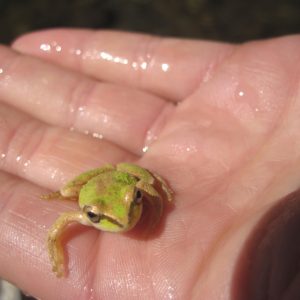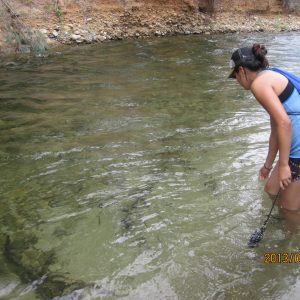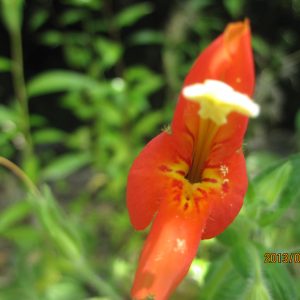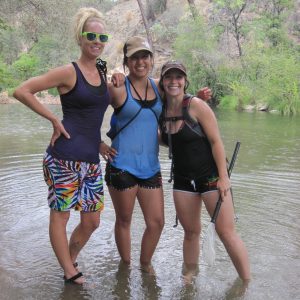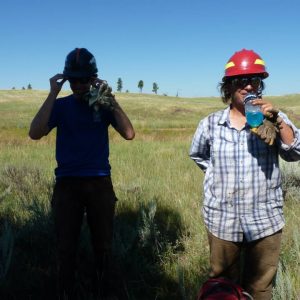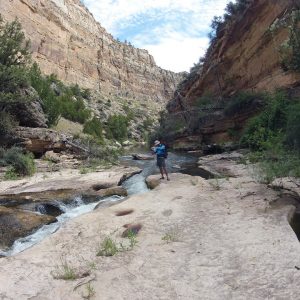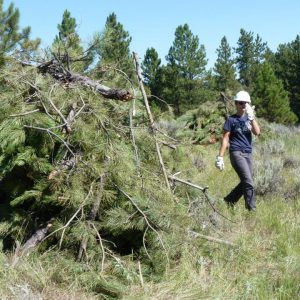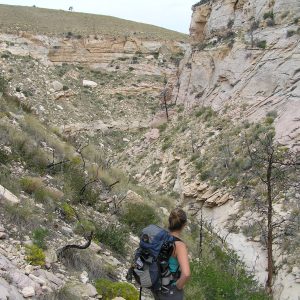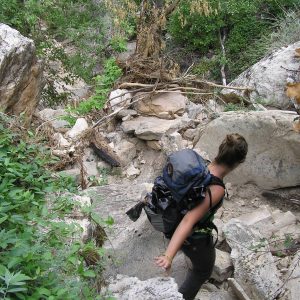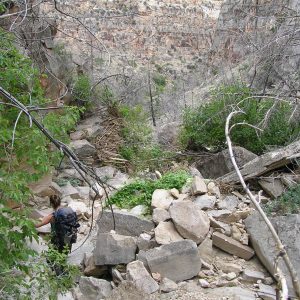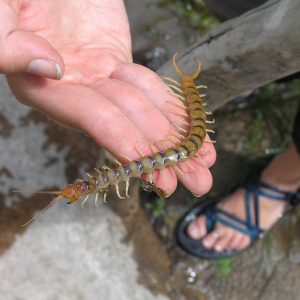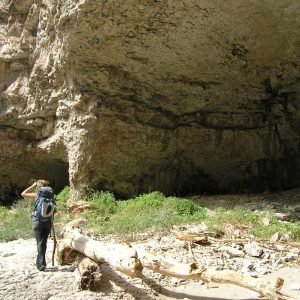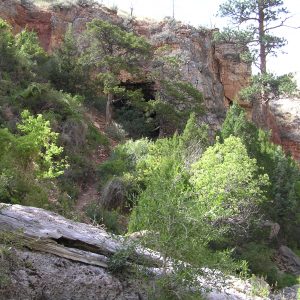New space
Our office space was moved this month to make space for new future interns. This meant that we got to clean up, re-organize, and re-decorate! Not only did we get a bigger space, but we also got additional desks and computers to accommodate us all. We now have a big shelf where we can keep all of our seed collections sort of like a seed library. We even got to put up posters on our new wall space and I am absolutely loving it!
China Gardens Cages
We needed to go back to one of our restoration sites and check on the survival of the plants there. I was happy to see that most of the plants are surviving. Some oak trees were doing so well that they started growing out of their tubes, so we replaced them with new white cages that gave them plenty of space to grow out big and strong.
GIS Training
Our mentor set up a class with Andy, our GIS specialist to show us about using GIS. It was a very introductory type of course, which I was thankful because I had never used this program before. He is a great teacher and he is so knowledgable, he made it seem like there was nothing this little program couldn’t do! I enjoyed learning about how to create maps. Hopefully we can encounter a situation where we need to use this program so that I could get more experience with it, but for now I am just thankful for the general knowledge I gained.
Office Float
Our office coordinated with some other groups to out on a river float where we could learn about some of the projects going on around the river. For example, there are man built pockets along the river that create habitat for fish and wildlife. This was my first time going out on a river float, so it was pretty exciting, my favorite was going through the faster currents and little eddies, although the entire portion of river we covered did not even exceed a level 1! Overall, this was a great experience because I got to interact more with some of the people in our field office and to top it all off, we did this while floating along beautiful clear waters surrounded by a gorgeous view and even enjoyed a tasty BBQ afterwards!
Mussel Survey
Stuart took Renee, Virginia, and myself out to clear creek river and together we looked for mussels along the shallow parts of the river, It was kind of like a huge scavenger hunt day. We initially thought it would be a great day to be out because it would be nice and sunny, but with our luck, it actually started to rain on us for parts of our journey through the bone numbing water. I didn’t think I would ever feel cold here in Redding during the summer considering the 100+ degree weather I was starting to get used to, so you can imagine how shocked I was to actually hear thunder and lightning. The main mussel we found was Margaritifera. I was determined to find as many as I could, and I was proud to say that I found the most out of our little group! We found two big populations and some individuals scattered along the way. I was pleased to see this native mussle doing so well.
Invasive Plant Survey
Stuart took Virginia and I to take inventory of the invasive weeds growing along a 9 mile portion of the Sacramento River. The first two miles were the slowest because we needed to take down all the weed types we saw, take a picture, and GPS their location, but unfortunately it also happened to be the most disturbed section and had the widest variety of weed species. This was definitely one of the most adventurous things that I have ever done. There were some sections were we had to hike through thick bushes, poison oak, and thorny black berry. Not only did we hike, but we jumped, slid, and climbed as well! Our fearless leader was amazing though, he made sure we were perfectly safe throughout our journey and had so much energy… unlike myself who felt her feet would burn and disintegrate underneath her. We were debating on how we felt about not encountering as many weeds as we though we would find, did we feel a bit of disappointment at having hiked and gone through all that to not find weeds? But then we thought, “Seriously? OF COURSE WE ARE HAPPY! The weeds haven’t completely taken over!”













